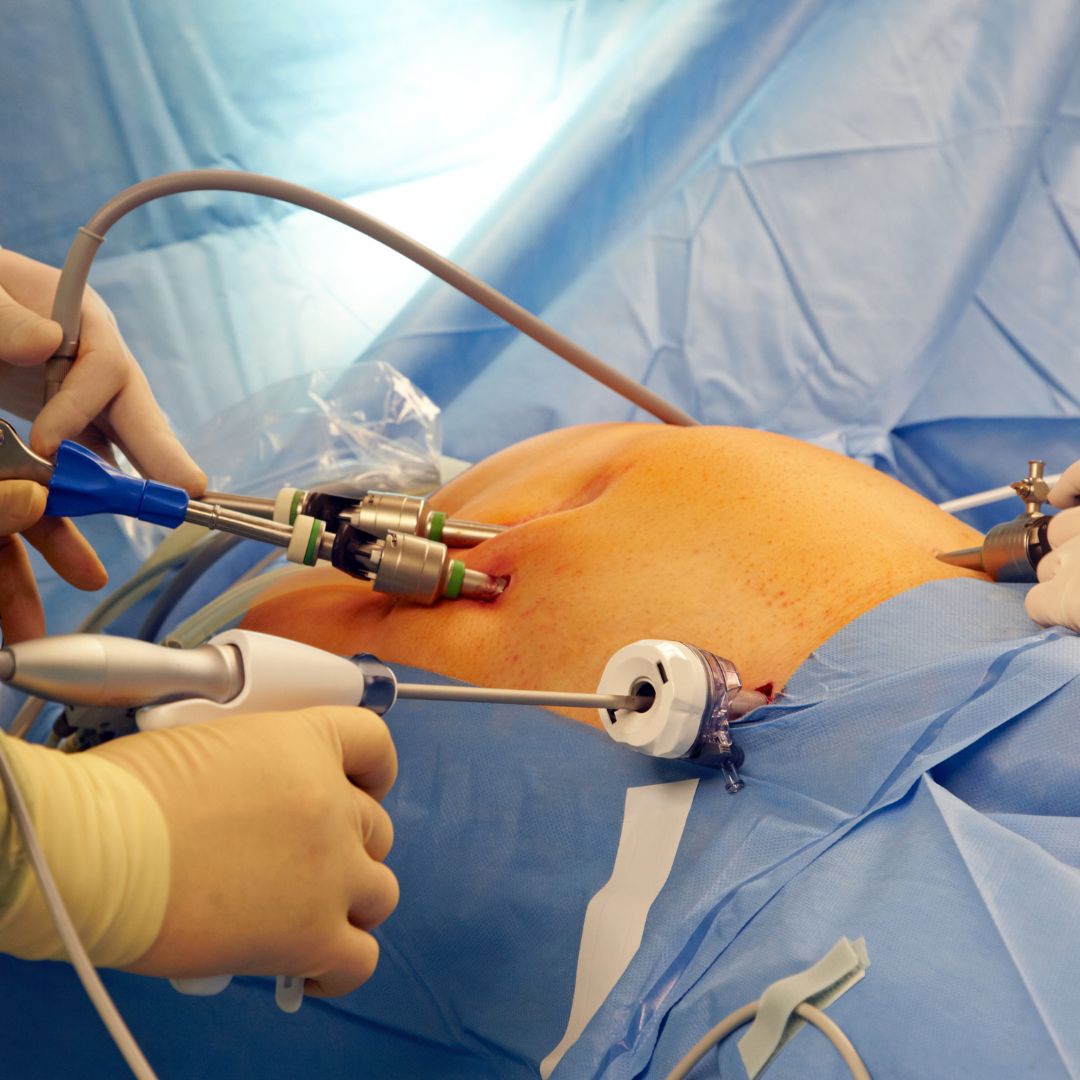1. Laparoscopic Diagnosis
A minimally invasive procedure where a small camera (laparoscope) is inserted through a small incision in the abdomen to examine internal organs. This is used to diagnose conditions such as endometriosis, fibroids, ovarian cysts, and pelvic adhesions.
2. Laparoscopic Ovarian Cyst Removal
A procedure to remove cysts from the ovaries through small incisions in the abdomen. This minimally invasive surgery reduces recovery time and minimizes scarring while preserving ovarian function.
3. Laparoscopic Fibroid Removal (Myomectomy)
Removal of uterine fibroids through laparoscopic surgery. This procedure preserves the uterus, allowing women to maintain fertility while removing growths that may cause pain or heavy bleeding.
4. Laparoscopic Hysterectomy
A minimally invasive procedure to remove the uterus through small incisions in the abdomen. This surgery is often recommended for women experiencing chronic pelvic pain, uterine fibroids, or other conditions affecting reproductive health.
5. Laparoscopic Endometriosis Treatment
A surgical procedure used to remove or destroy endometrial tissue growing outside the uterus. This helps reduce pain and improve fertility in women with endometriosis while minimizing the impact on surrounding organs.
6. Laparoscopic Tubal Ligation (Sterilization)
A permanent birth control procedure where the fallopian tubes are sealed or cut through small incisions, preventing eggs from traveling from the ovaries to the uterus. This minimally invasive method offers a faster recovery compared to traditional surgery.


